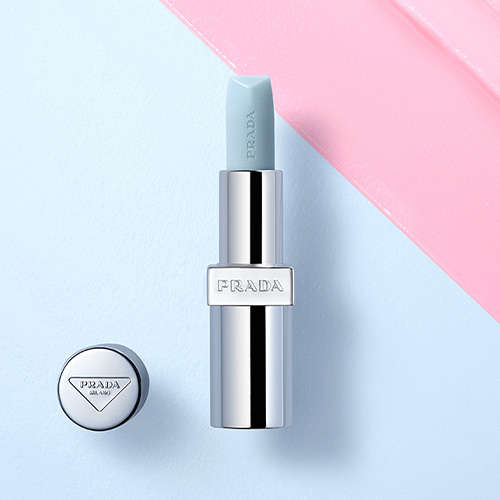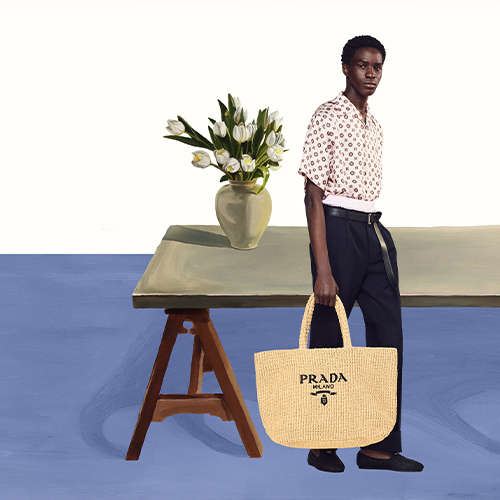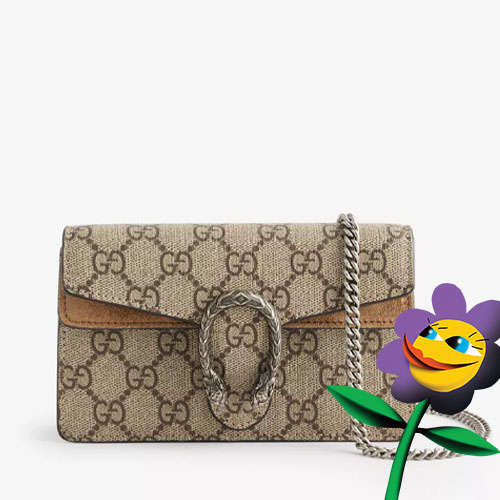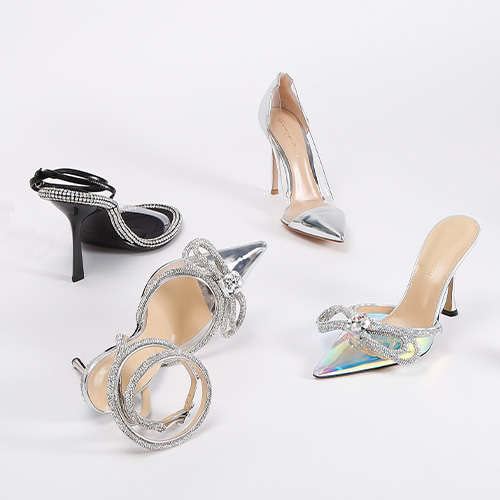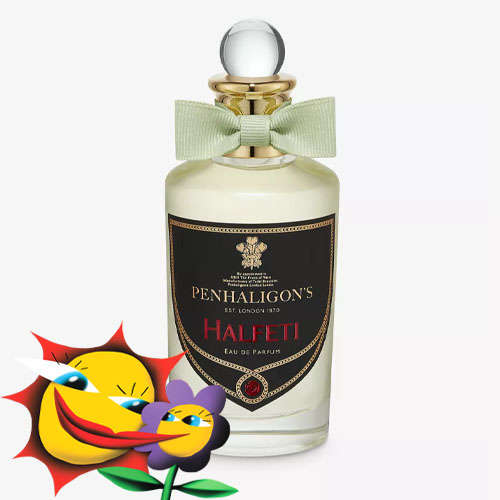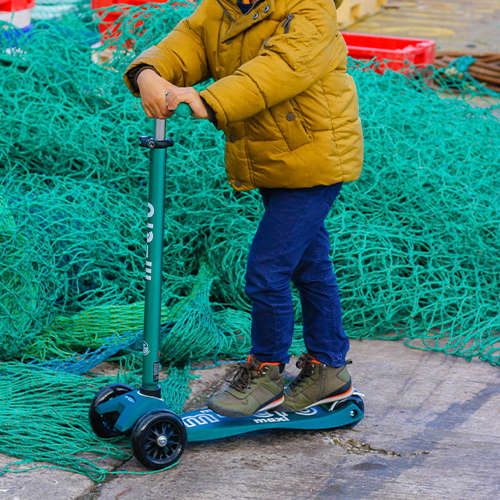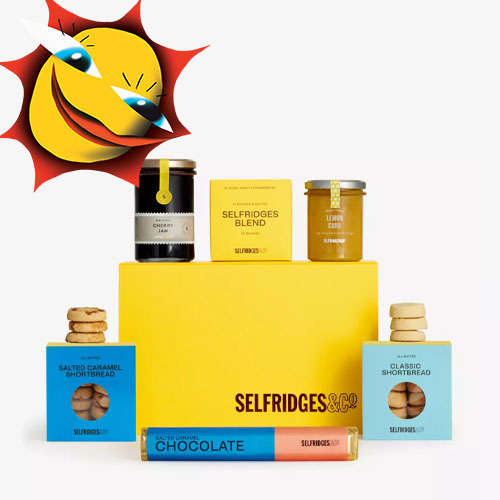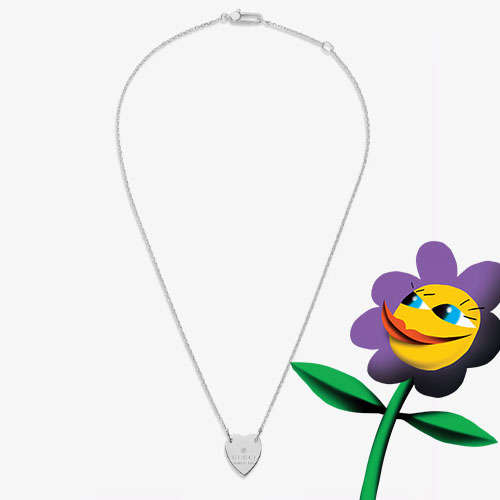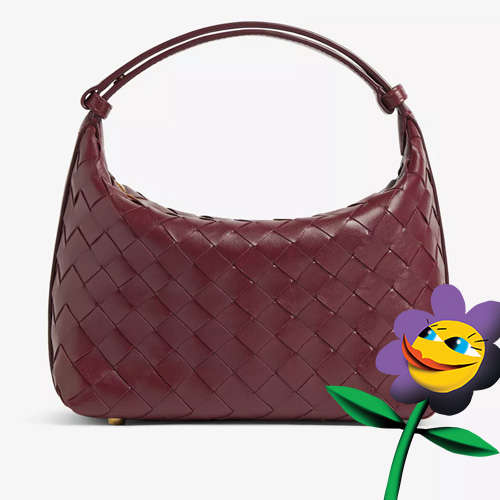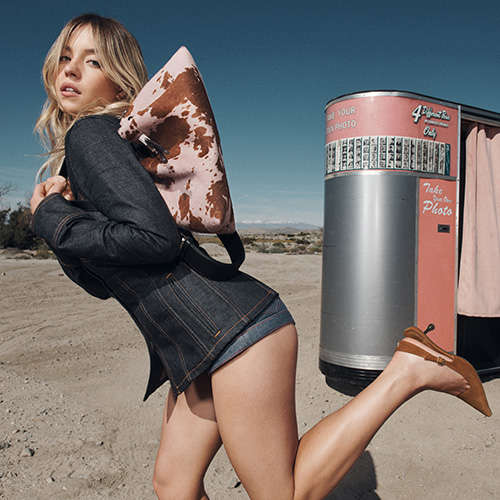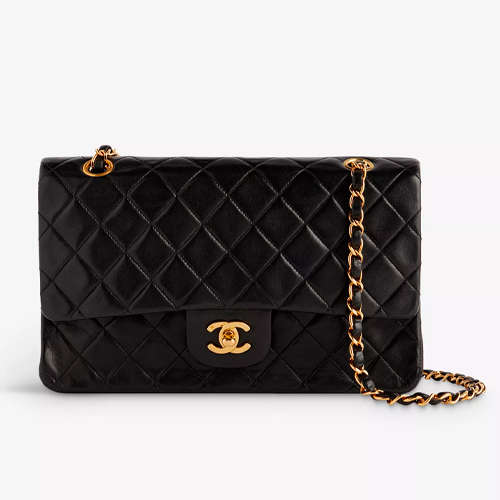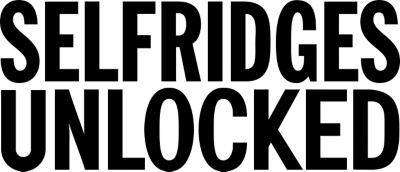- Australia / AUD $
- Canada / CAD $
- China / CNY ¥
- France / EUR €
- Germany / EUR €
- Hong Kong SAR China / HKD $
- Ireland / EUR €
- Italy / EUR €
- Japan / YEN ¥
- Kuwait / USD $
- Macao SAR China / HKD $
- Netherlands / EUR €
- Qatar / USD $
- Saudi Arabia / USD $
- Singapore / SGD $
- South Korea / KRW ₩
- Spain / EUR €
- Taiwan / TWD $
- United Arab Emirates / USD $
- United Kingdom / GBP £
- United States / USD $
- Not yours? Read more
Tell us what you think
Shop in your local currency and language
You are currently in United States US / USD $ store
- English
- English
- English
- English
- English
- English
- English
- English
- English
- English
- English
- English
- English
- English
- English
- English
- English
- English
- English
- English
- English
Did you know that we deliver to 130 countries or regions and offer a range of delivery options to suit you wherever you are in the world? Find out more
Sign up once to our Selfridges+ service and you can enjoy unlimited deliveries wherever you are in the world. FIND OUT MORE
International delivery
With almost everything on selfridges.com available for International Delivery, you can send your order to 130 countries or regions around the world, including North America, Australia, the Middle East and China.
Although we only offer 20 currencies to browse in online, you can still deliver to all of the following countries or regions:
- Algeria
- Andorra
- Antigua and Barbuda
- Aruba
- Australia
- Austria
- Azerbaijan
- Bahrain
- Bangladesh
- Barbados
- Belarus
- Belgium
- Belize
- Bermuda
- Bolivia
- Botswana
- Brunei
- Bulgaria
- Cambodia
- Canada
- Cayman Islands
- Chile
- China
- Colombia
- Costa Rica
- Croatia
- Cyprus
- Czech Republic
- Denmark
- Dominica
- Dominican Republic
- Ecuador
- Egypt
- El Salvador
- Estonia
- Finland
- France
- French Guiana
- Germany
- Gibraltar
- Greece
- Grenada
- Guadeloupe
- Guatemala
- Guernsey
- Guyana
- Honduras
- Hong Kong
- Hungary
- Iceland
- India
- Indonesia
- Ireland
- Israel
- Italy
- Jamaica
- Japan
- Jersey
- Jordan
- Kazakhstan
- Kenya
- Kuwait
- Laos
- Latvia
- Lebanon
- Lesotho
- Liechtenstein
- Lithuania
- Luxembourg
- Macau
- Malaysia
- Maldives
- Malta
- Martinique
- Mayotte
- Mexico
- Monaco
- Montserrat
- Morocco
- Myanmar
- Namibia
- Netherlands
- New Zealand
- Nicaragua
- Nigeria
- Norway
- Oman
- Pakistan
- Panama
- Paraguay
- Peru
- Philippines
- Poland
- Portugal
- Puerto Rico
- Qatar
- Reunion
- Romania
- Rwanda
- Saint Kitts and Nevis
- Saint Lucia
- Saint Martin (French part)
- San Marino
- Saudi Arabia
- Serbia
- Singapore
- Slovakia
- Slovenia
- South Africa
- South Korea
- Spain
- Sri Lanka
- Suriname
- Swaziland
- Sweden
- Switzerland
- Taiwan
- Tanzania
- Thailand
- Trinidad and Tobago
- Turkey
- Uganda
- Ukraine
- United Arab Emirates
- United Kingdom
- United States
- Uruguay
- Venezuela
- Vietnam
DAYDREAMING WITH NOURIE FLAYHAN
Meet the illustrator dreaming up beautiful, social-minded works of art
Words: Chekii Harling
Known for her colourful, surreal work, Nourie Flayhan has collaborated with brands such as Gucci Beauty, creating make-believe worlds that are both beautiful and outlandish. We met the Lebanese illustrator to discuss how art can be used as a political tool, the meaning behind the visual symbols in her work and how daydreaming inspires her creative process.
'Day Dreams, A love Letter from Lebanon'
When did your journey as an illustrator begin?
When I was growing up, I thought illustration was something that existed in books; I loved the illustrator Quentin Blake – he was a huge inspiration. At school, I did textile design and was really lucky that my mum is an artistic person who nurtured me to express myself through drawing. I went on to do a foundation course at Chelsea College of Arts – it was there that I discovered the term ‘illustrator’... I just fell in love.
What did you study next?
The title of the course was BA Graphic Design Communication, but really it was visual communication. I used to approach the briefs in a very illustrative way. I didn’t like the graphics world; it was too structural and has loads of rules and guidelines. Illustration is more free and personal.
What kind of mediums were you working in at the time?
Ink, pen and fine liners – ever since the age of 10, I have loved ink. My brother is an architect and I remember him saying, “Why don't you digitise your illustrations? You can use a tablet or scan in your drawings to manipulate them.” With ink, I would have to start from scratch if I messed up but using a Wacom tablet meant I could edit my work as I went along. Two years ago, I switched to using an iPad.
When creating I’m half-present in the real world and the other half of me is daydreaming. This gives me a childlike sense of hope where I feel at peace.
- Nourie Flayhan
A look behind the scenes of work in progress
How would you describe your work?
My work is very emotional and so the strokes are expressive, most of it is focused around social injustices, hope and awareness. I am a diaspora child, so I always had a connection to home but never felt like I belonged anywhere. I would hear stories about how women were treated in my home country and felt I had a social responsibility to share the knowledge I had come across.
What are some of the core issues that you raise awareness of through your work?
It’s centred around the women in the region that I am from. There is so much we need to unpack, unlearn and relearn to ensure there are safe spaces for women to talk without feeling a sense of shame.
What do you hope people take away from your imagery?
To feel that there is a community out there that will listen. Having a community on social media has introduced me to people all around the world who care about the same issues.
Why is it important for you to depict people from your culture within your work?
I want younger viewers to see themselves within my work, as I couldn’t see myself in books, media and films growing up. There weren’t any people with curly hair and dark features on the cover of magazines and artists never used any characters that looked like me, but social media has meant that there are now influencers who look like us! I have found a new family on Instagram – it’s beautiful to see people of colour represented in so many different ways.
'Day dreams in Goldie Red' Illustration for Gucci Beauty's social media campaign
I want younger viewers to see themselves within my work, as I couldn’t see myself in books, media and films growing up.
- Nourie Flayhan

'Four Eyed Gucci Fairy' film photo taken at a Gucci Holiday Party in Dubai.
Photography by Prod Antzoulis, edited by Nourie Flayhan
How does the process of daydreaming influence your creative practice?
When you look at my work a lot of people see social injustice, but I do have another side of me that is a bit lighter. My name in Arabic translates as ‘light’, so I have always been fascinated by that. When creating, I’m half-present in the real world and the other half of me is daydreaming. This gives me a childlike sense of hope where I feel at peace. When you look at children, you can see that they haven’t yet realised that there is so much struggle in the world, they are living this very peaceful, innocent and imaginative life.
What do the recurring visual motifs in your work symbolise?
The four eyes represent a time when I was really little and had to wear glasses and people called me ‘four-eyes’. It was kind of bullying, but I didn’t see it in that way – I felt like I had a superpower. The blank eyes in my illustrations became a motif when I was drawing girls who had died; it symbolises the absence of the soul and that we can be blinded by our communities. The use of hands in my work comes from our culture – people express themselves through hand movements; you can close your ears and understand the tone completely.
You did a series of illustrations that were anti global warming – when did raising awareness of climate change become important to you?
I always visited Lebanon in the summer, we would go and see my grandad who had a garden and was very in touch with nature. He always used to say, “you take care of the earth and the earth will take care of you.” When I was about five, I used to attend this after-school group called The Environmental Club. I thought I would be planting seeds but actually it shed light on deforestation and the extinction of large endangered animals. I want to educate people on these topics, without it feeling like I’m yelling at them.
I’m constantly scribbling down words, symbols and even colours – often they come to me at night when I have passed through a dream world.
- Nourie Flayhan

'The Youth Activists for Climate Change' illustration series
What sparks inspiration for your illustrations?
A lot of the time it begins with being immersed in nature, sitting under a tree or on the grass. When I’m on my phone it feels like information is flooding through but having a connection to the earth is a meditative process for me as it fine tunes my thoughts and ideas. Sometimes inspiration comes from reading a book or watching a movie, I'm constantly scribbling down words, symbols and even colours – often they come to me at night when I have passed through a dream world.
You’ve recently been painting and making videos in addition to illustrations – what do you enjoy about working in each of these mediums?
Sometimes it gets to the point where I’m exhausted from staring at a screen, I feel like I need to rest my eyes and I get the sudden urge to paint. The cold sensation on my hands and seeing the colours blend into one another is almost romantic. I think painting brings out a different side of me that is more experimental and free. I used to be scared of it, because you are told that you have to take so many lessons to master all these different techniques, but there isn’t a right or a wrong – I use different mediums to channel different emotions.

You’ve previously mentioned frequently visiting Selfridges London after finishing university at Chelsea College of Arts – what drew you there?
I would walk across Westminster, through St James’s Park and up to Oxford Street – that was my regular walk. I loved the window displays – other department stores have a predictable identity, but Selfridges always does it differently. I was mesmerised by the fact Selfridges really supported emerging creatives by giving them a space to express themselves – I found that really amazing.
You’ve created illustrations for the likes of Gucci, who else would you love to work with and why?
Usually I get approached on Instagram, every time I think I’m being spammed – it feels surreal. Gucci was a dream for me because I feel so connected to Alessandro Michele’s magical vision. More recently, I’ve been using my platform to highlight designers from within our region who are starting out with sustainable brands. There are so many people I would love to work with because I believe in their ethos and I’m really excited to see them grow.
What's next for you?
I’ve been taking on a lot of commissioned work but would love to do some more artist residencies to focus on my personal studies. I’ve been thinking about bringing textiles into my work and want to continue to explore film to get out of my comfort zone.
I was always mesmerised by the fact Selfridges really supported emerging creatives by giving them a space to express themselves.
- Nourie Flayhan

